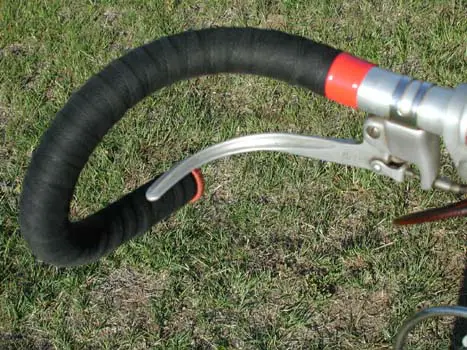...might be of interest to someone...
Me!

Jags, thanks so much for posting this. I always enjoying seeing how someone else "does it" in their approach to cycling, and there's a lot of good information here. Sure, I found places to disagree, but lots to agree with, and I learned a few things inthe bargain.
One of my great joys in cycling with someone is seeing how they've set-up their own bicycle, and what seems to work for them and what doesn't and why. Often, I'll simply keep quiet and observe, and only after awhile will I start to ask about the specifics. In many cases where there seems to be a poor fit or accommodation made on the part of the rider, it is because they've adapted over time to where is has become the "new normal" and wouldn't feel "right" if things were put the way convention dictates. In other cases, someone will do or approach something in a way that is new for me and works for them, and that's what I like best of all. I file it away in my mind, hoping if it doesn't help me, it might benefit someone else someday.
My father fell off a scaffolding when he was a yound man, and shattered his shoulder. He can't reach as far in some directions and angles, and we had to make some changes to his bike as a result. He had good luck using guidonnet levers with his drops and using tandem "dummy grips" as hand-stops. We set the dummy-grip up a bit higher on the left side, but what really made things feel "right" was to rotate the stem (with 'bars) about 5° to the left. Magic! Setup like that, he could ride all day. For those who are interested, guidonnet levers look like this:

In a guide like this, it is really fun to see how a (former and successful) professional cyclist would do things, and how racing influences his views. I can see a lot of thought went into it, and it helped to see the perspectives of team mechanics and other riders as well. A nice little publication and well-found by you, jags! Thanks!
All the best,
Dan.